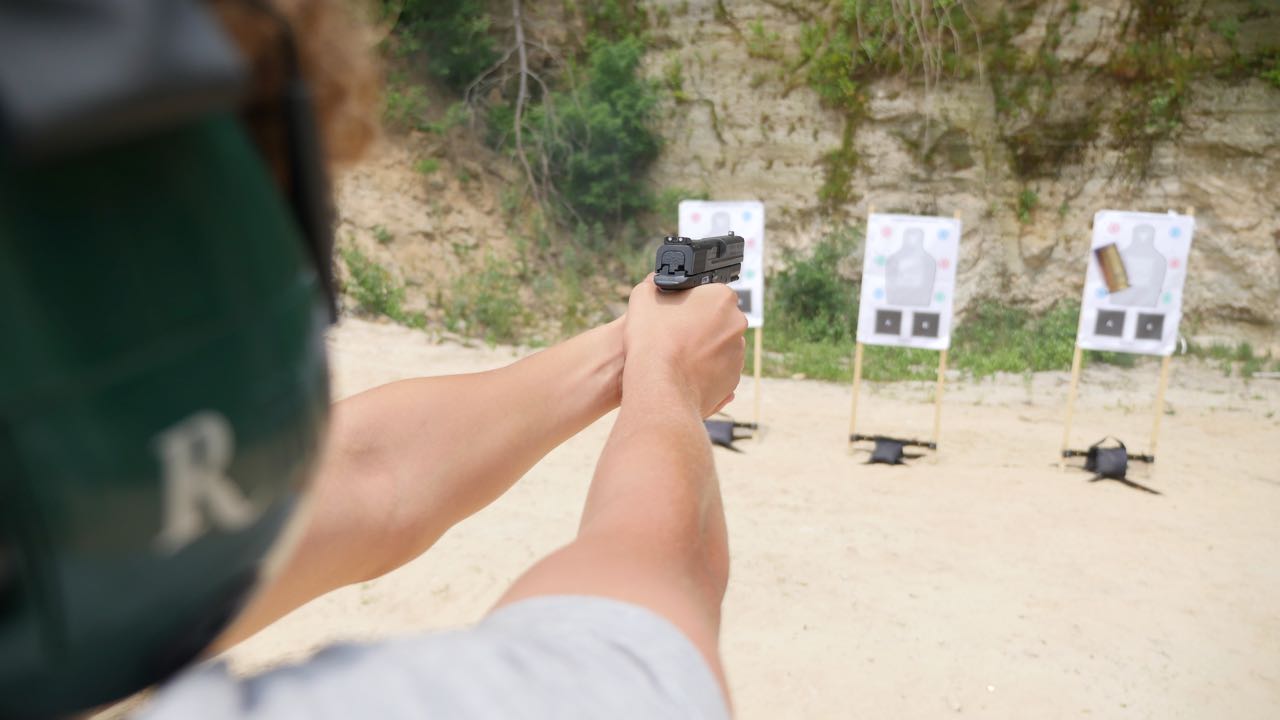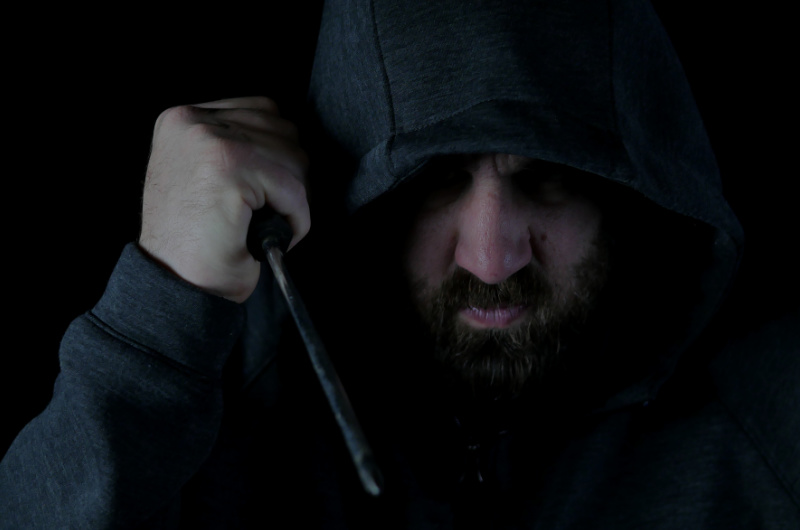When people think about defensive shooting benchmarks, everyone wants a faster draw. It makes sense. The faster you are able to draw your gun and put shots on target, the faster you are likely to stop the threat. However, that fast draw is about more than just the mechanics. Don’t get me wrong -- the mechanics are important. But the physical skill of drawing isn’t the whole gig, though on the range in practice and training, it is often treated that way, to our defensive detriment.
With a simple change to your training and practice, you can have a significant impact on the efficacy of your efforts. You don’t need any extra equipment or fancy drills. You just need your imagination and some knowledge of violence. You can improve your defensive shooting skills by putting your inner defensive game into play. I’m talking about visualization.

Why Visualization is Important
When you find yourself involved in a violent defensive encounter, you are really involved in a strategic, athletic and emotionally intense competition with incredibly high stakes. If you want to win that competition, you should use the techniques others use to reach high levels of performance in similar athletic endeavors. The problem is that it is much more difficult to train and scrimmage defensive shooting because of the lethality of the activity, as opposed to training tennis, for example.
Even well-run force-on-force training has its risks and limits. Visualization is simple, safe, and effective and is successfully used by scores of high performers to increase their efficiency. Visualization can be used by anyone, on any range, to increase the effectiveness of their defensive training.

What You Should Visualize
Remember that drawstroke and the idea that it is more than just the mechanics. You can increase the potency of your training and decrease your draw time in an actual defensive encounter by visualizing the appropriate stimulus. Instead of using a timer or verbal command to signal the start of your draw, which is the typical training and practice regimen on the range, use your imagination.
Visualize your potential threat. Imagine the attacker’s height, weight, skin color, hair color, clothing … and weapon. Use your imagination to see their actions and hear their words. Then take it a step further and visualize some action. See the weapon being produced and hear the intent in their voice.
I bet you get the idea. See it, hear it, and respond to it appropriately. Then change it up and do it again. If you’re working with a training partner and have multiple targets available, your training partner can make calls that tell you what to visualize. Be creative and determine a way to vary your need for precision and add in some calls that are threats and some that aren’t.
Your job as the shooter is to visualize and then respond appropriately. Not only will this make your training and practice more realistic, it will also help you improve your response to a stimulus that matters, a lethal threat. If you can shorten the amount of time needed to process what you see, your draw will be faster even if you make zero improvements to the mechanics.
Visualization of the time to begin shooting isn’t the only application of visualization. Knowing when to stop shooting may be equally as important. On the range, I ask my students to shoot a random number of rounds on each threat: call two, three, four, or five shots. They need to stop shooting when they visualize the cessation of the threat.
When your attacker crumples on the ground and becomes unresponsive, you need to stop shooting. When the thug turns around and sprints into a dark alley away from you and your loved ones, you need to stop shooting. When your adversary drops the weapon, holds their open palms out to you and begs for mercy, you need to stop shooting. Visualization can help you mentally and physically rehearse these types of scenarios so you respond the way you need to in a violent encounter. The visualization is simple and can help you avoid the serious legal repercussions that can result from an error in judgement (so can a MAG-20 course from Massad Ayoob).
Again, the images in your head can be important to helping you develop solid defensive shooting skills and habits.
Final Thoughts
For years, visualization has been a key tool for those interested in increasing their performance. It can come in handy in any type of situation where you can’t actually be doing the real thing. This makes its application to defensive shooting a no-brainer. Visualization can help you vary your training routine beyond what a wide selection of photo-realistic targets can. The only limit is your imagination.
Visualization can help you improve your physical skills, but more importantly, it can help you habituate the connection between the stimulus of the attack and the appropriate response. The next time you’re at the range, make sure your mechanics are solid, but at the same time, visualize to make your practice more beneficial.

Great advice. I read it twice and plan on reading it at least once a week!
Mas Ayoob was one of the finest instructors I ever trained with. LFI-1,2, Handgun Retention Instructor. I made sure to pass along that training to my students.
have a permit for concealed gun permit from DPS